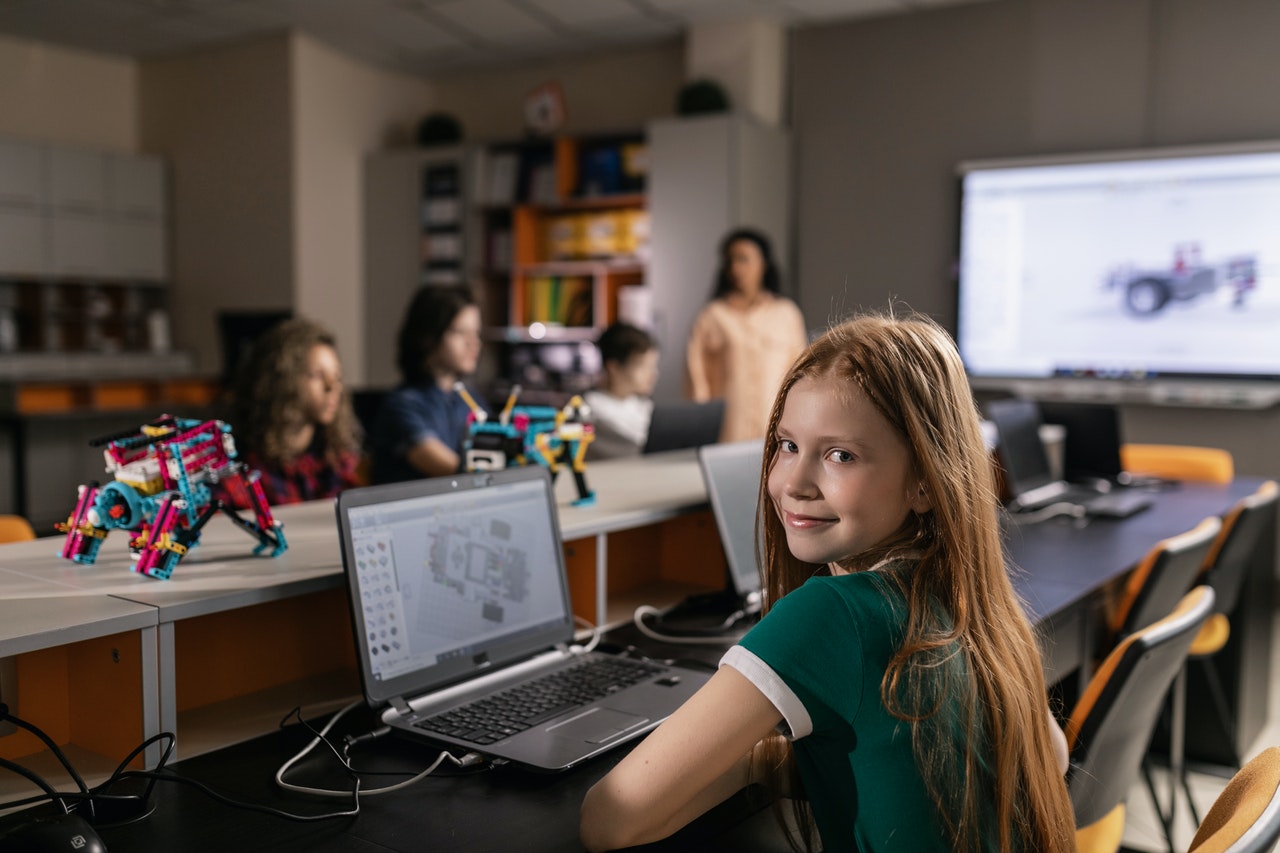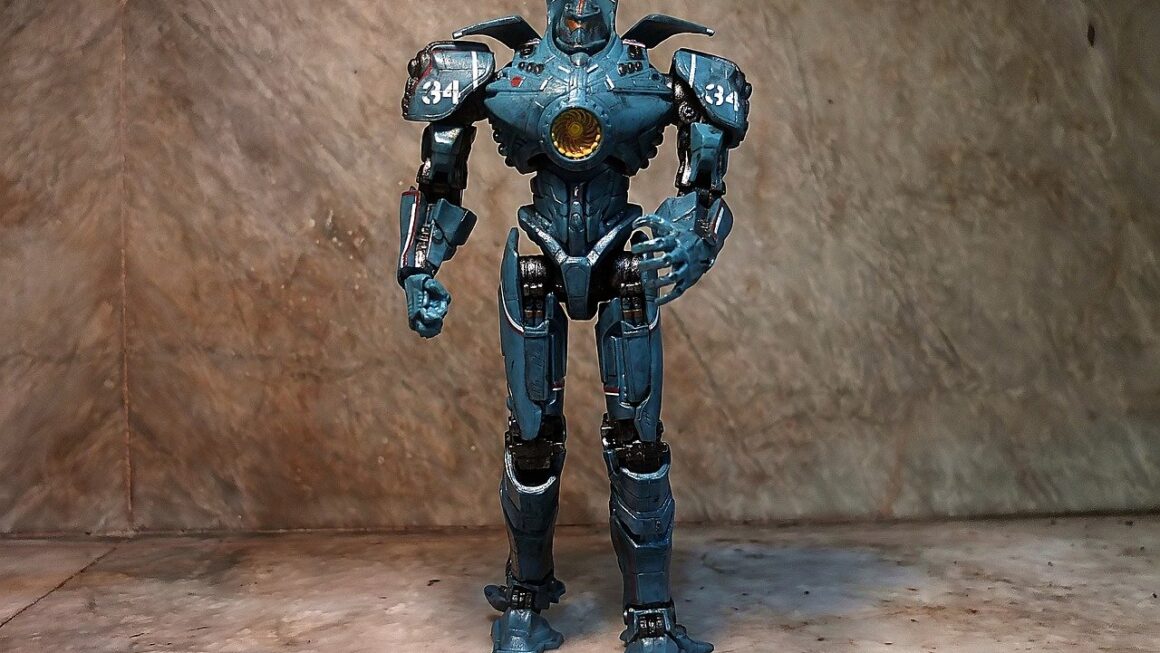Robots and robotic technology have been used in many different industries for decades, but they weren’t talked about as casually as they are today. Today, robots technology are necessities in many industries and are only becoming more popular as time goes on.
The first assistant robot was created in the 1950s by George C. Devol. It was called the Unimate — a combination of the words “universal” and “automation.” Devol’s invention was a robotic arm used to move objects manually and was designed for high-speed handling of parts up to 500 pounds.
Robotics and artificial intelligence (AI) technology help keep employees safe who work in dangerous and rugged industries, streamline mundane processes, and increase production — most of the time while also lowering costs.
Let’s look at a few industries where robots technology are making a difference.
Aerospace Industry
Robotics helps the aerospace industry in many ways, such as transporting parts, helping with manufacturing, and conducting inspections.
In a majority of industries, robots are being used in assembly lines. The aerospace industry is no different. Robots allow builders to lift and assemble heavy parts that would previously be lifted by pulleys.
While robots are not yet being used to fly planes totally automatically as they are on the ground with cars, they are being used to transport large pieces of airplanes for assembly, taking this task of human workers’ plates. Another way robots are taking dangerous jobs over is by implementing welding tasks on the manufacturing line.
The aerospace industry also uses robotics for non-destructive inspections. The aerospace industry has strict guidelines and restrictions they must abide by because there is no room for error — people’s lives are at stake. Robotic non-destructive ultrasonic testing improves accuracy by removing human error and also removes the dangers for human workers. More airplanes can be inspected since robots can work around the clock and never need breaks as employees do.
Agriculture
Like many other industries, the agriculture industry is leveraging robots to increase productivity and lower costs. Implementing robots in the agriculture space is useful because there are many large, time-consuming tasks required to keep operations running smoothly.
One of the tasks that robots take over in the agriculture field (literally) is harvesting. It’s easy to see how harvesting can be automated with robots because of the redundancy of the task. Gathering a harvest requires a particular delicacy to prevent bruising. After many years of trial and error, robots can now gather harvest without harming the score.
Another task farmers have been looking to automate is seeding. Just a hundred years ago, horses and buggies were used as farmers spread the seeds by hand. They then graduated to using tractors.
Different sensors and AI programs are also helping farmers manage and monitor an assortment of different processes at the same time. Robotic systems assist farmers with weather predictions, pest detection, and fertilizer levels.
Drones enable farmers to gather aerial images of their property to assess crop health, detect any issues (like animals eating crops), or perform routine monitoring.
Oil and Gas Industry
Typically seen as one of the most dangerous industries, the oil and gas field is reaping many benefits of robotic assistance to help keep employees safe and make better predictions to increase production.
Automated rigs have made their way onto the world’s oil and gas sites. Thankfully, automated robots take on one of the most dangerous jobs in the world: drilling. Automated drilling rigs (ADRs) are full-sized walking land-based drill rigs. They are programmed to move from site to site and drill. This is helpful in the oil and gas industry because rigs are typically massive and create potential risk to anyone around them — especially on the oil floor. Most ADR rigs are estimated to generate 50,000 man-hours of work and will, directly and indirectly, employ more than 100 workers compared to traditional rigs.
Similar to the aerospace industry, robots are taking over welding tasks. Welding is one of the most dangerous jobs in the world. Combining that with the dangers of certain on-site work (like being underwater) can make for a potentially deadly job. Underwater welding robots can be used to perform underwater welding repairs to reduce onsite accidents.
Another way robots are handling deadly tasks is by cleaning industrial tanks. Traditional tank cleaning involves human crews entering hazardous, confined spaces to clean industrial tanks and remove sludge manually. Often, industrial tanks hold deadly vapors and can cause explosions. With robotic tank cleaners, human workers don’t have to enter tanks at all. Instead, tank cleaning robots enter industrial tanks and are remote-controlled by an employee, keeping them almost entirely out of harm’s way.
There’s no doubt that robots are changing how society and many industries operate. Robots, AI, and sensory systems are helping to increase production and safety, decrease downtime, and cut costs.




